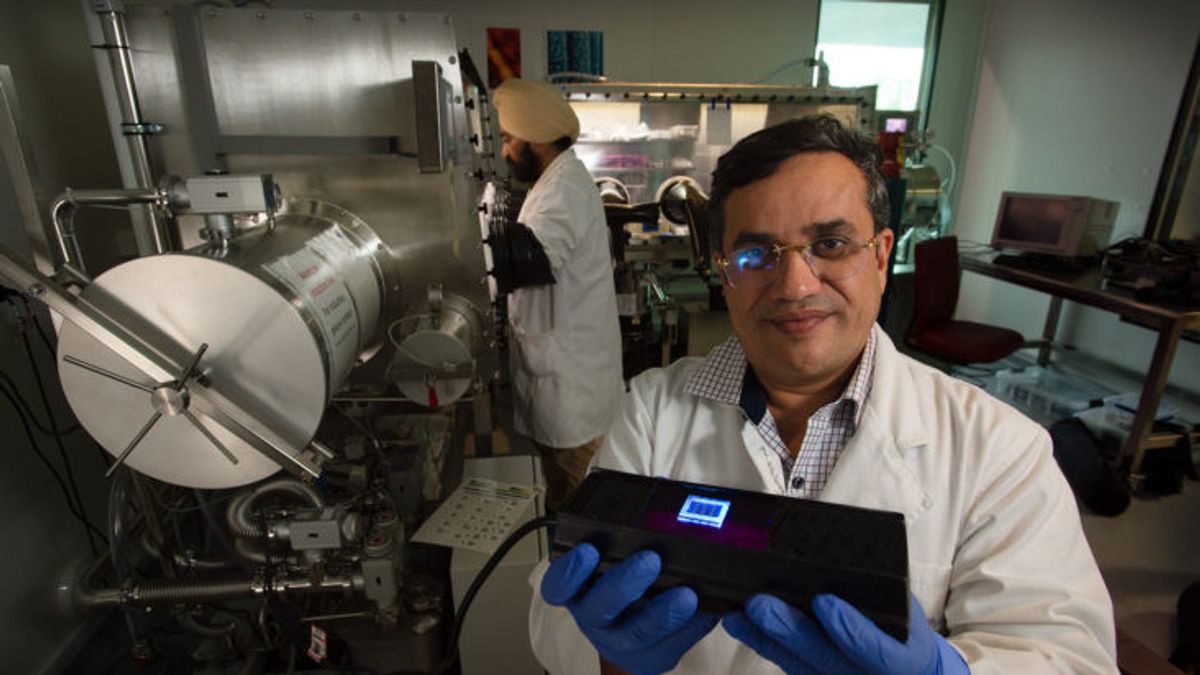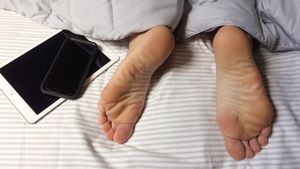JAKARTA - A strand of hair is usually just wasted. But for researchers from the University of Technology in Queensland, Australia, a strand of hair can be used and become a new material for the development of electronic screens.
Launching from Gizmodo, Wednesday, June 23, these findings were first published in the imliah journal Advanced Materials. Where the researchers managed to break down carbon fiber from a strand of hair into the active material for OLED screens.
"This is the first time, making a strand of hair can transmit light and successfully emit color for electronic devices," said Professor Prashant Sonar who was part of the research team.
In the process, the research team burned the hair waste at a temperature of 240 degrees Celsius. After heating, hair which consists of protein (amino acid polymer) including keratin, is then broken down into thinner fibers to leave carbon and nitrogen material.
The two materials, measuring one millionth of a millimeter in size, are then bonded together on a sheet of polymer fiber, which is commonly known as carbon nanodots. The carbon nanodots are then grouped to form an active layer, which can emit color for an organic light-emitting diode (OLED) device.
According to Professor Prashant, hair is a natural source of carbon and nitrogen materials. So that extracting hair into carbon dots, can be an alternative material in technological development.
"A strand of hair can be a small source of light and a good material when needed. Plus this material is non-toxic and environmentally friendly," says Professor Prashant.
Although they can emit light, the carbon fiber from human hair is not good enough for transmitting color. The researchers also conducted experiments using other materials such as animal hair and hair.
Even so, these findings could be a new step in technology development, especially for OLED display devices. "A valuable finding from hair waste that could open up opportunities for sustainable technological developments."
The English, Chinese, Japanese, Arabic, and French versions are automatically generated by the AI. So there may still be inaccuracies in translating, please always see Indonesian as our main language. (system supported by DigitalSiber.id)








